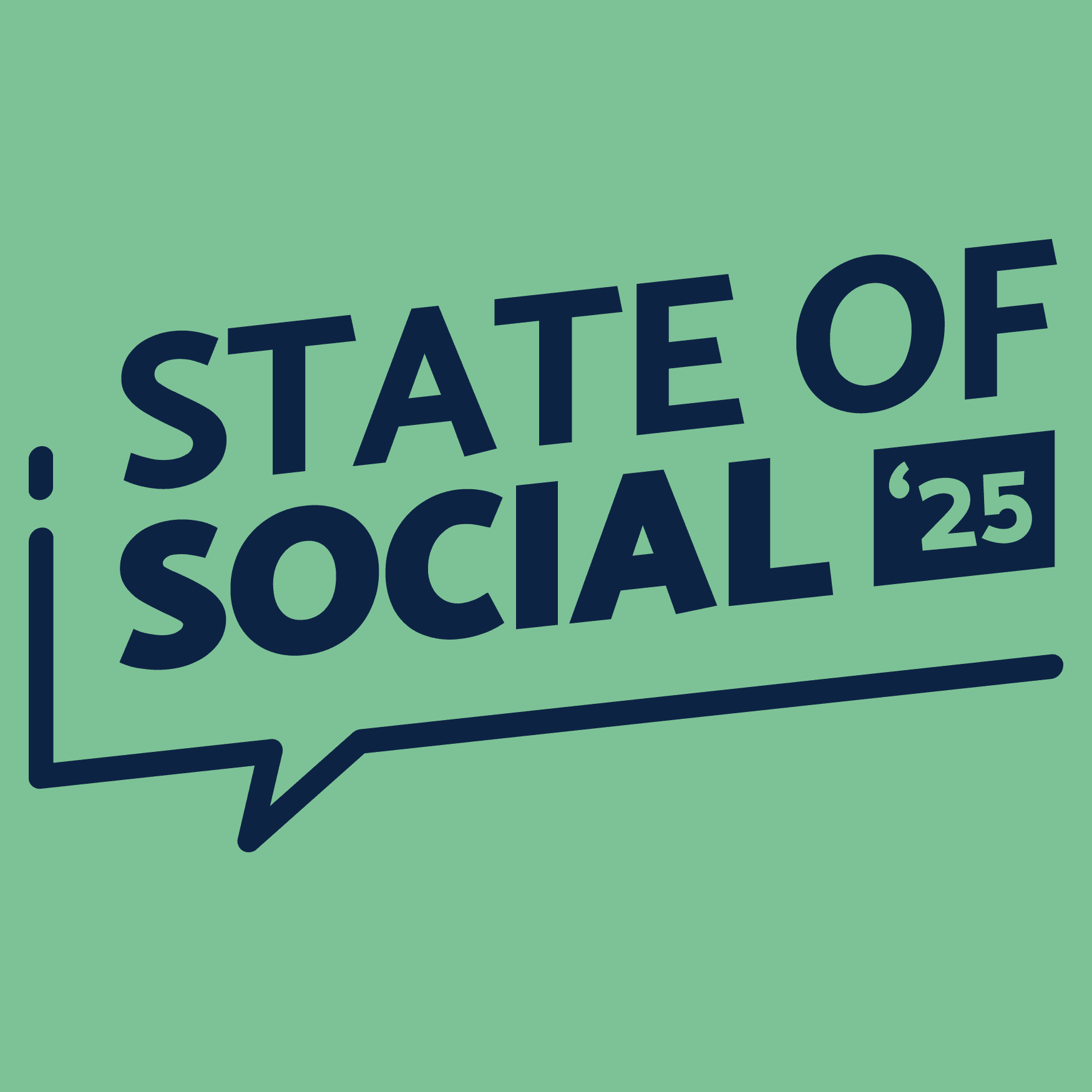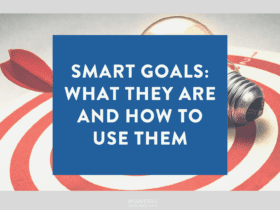Welcome to the ultimate list of social media statistics for 2025.
With constant changes happening in the social media landscape, staying informed can be a challenge.
However, keeping track of the numbers that truly matter can provide invaluable insights. That’s why we’ve done the hard work for you, scouring the web to compile a complete record of all the social media statistics you need to know for 2025, including sources.
So, no need to open multiple tabs or search for the latest updates; everything you need is right here.
We regularly update this page with the most recent information from global reports like the Digital Report.
Get ready to discover all the essential facts, statistics, demographics, and more.
Let’s dive into the general social media stats you need to know right now.
Feel the need for more statistics?
Looking for some platform-specific stats? We got you.
Enjoyed this article? Enter your email below for social media tips & tricks delivered to your inbox every Monday morning.








LET’S CONNECT